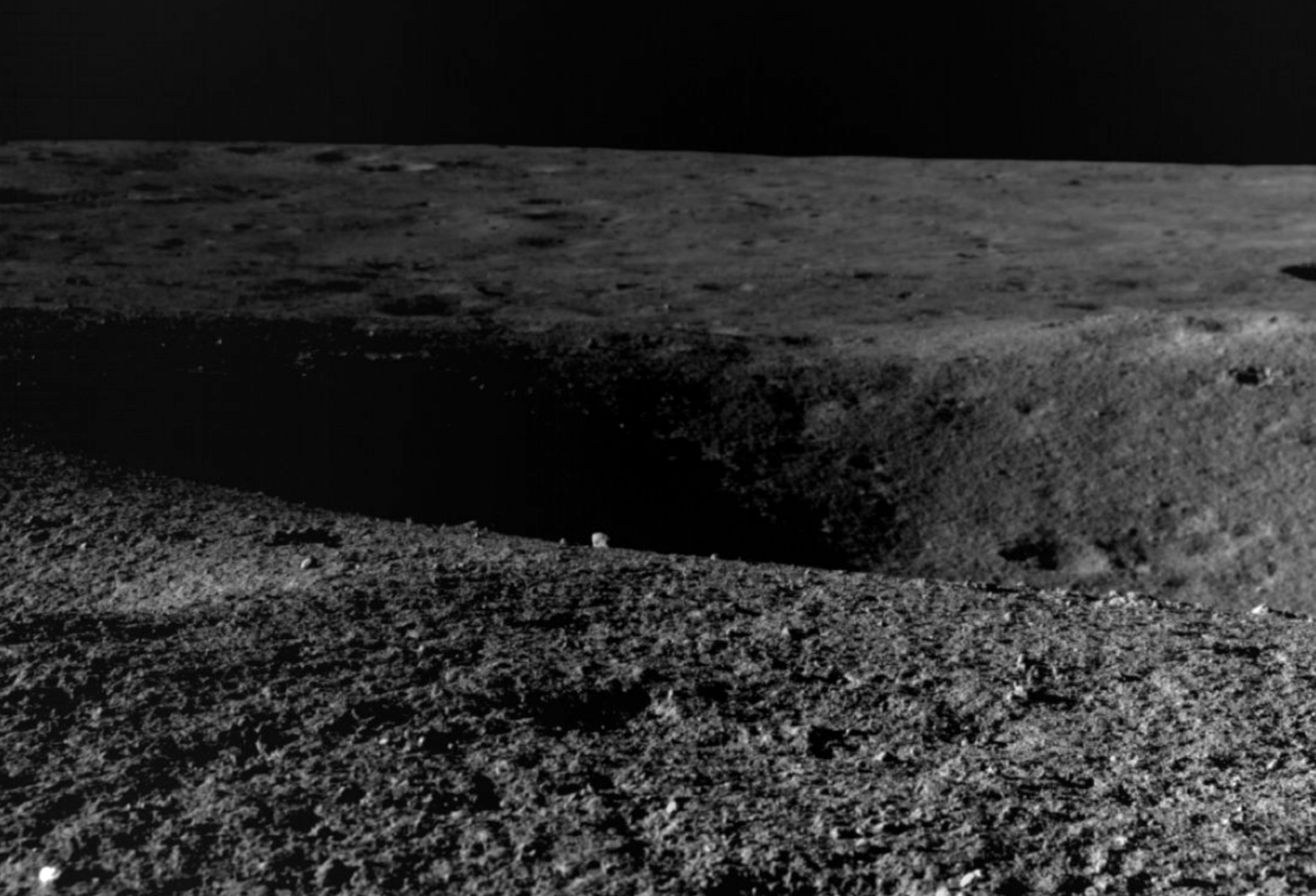Last week, India became the fourth country to successfully land its spacecraft on the Moon as part of the Chandrayaan-3 mission. The Indian Space Research Organization (ISRO) proudly announced that the Vikram lander successfully touched down on the lunar south pole.

This was a challenging task, and not all countries would be able to accomplish it. For example, Russia recently lost its Luna-25 spacecraft when attempting a similar operation, which crashed onto the lunar surface.
Currently, the Vikram lander and the Pragyan rover transported by it are actively exploring the lunar surface. However, the mission faced a close call recently when the rover encountered an obstacle — a massive 3-meter-deep crater, into which the small 25-kilogram Pragyan almost fell.
“On August 27, 2023, the rover came across a 4-meter diameter crater positioned 3 meters ahead of its location. The rover was commanded to retrace the path. It’s now safely heading on a new path,” ISRO reported.
https://twitter.com/intent/follow?ref_src=twsrc%5Etfw%7Ctwcamp%5Etweetembed%7Ctwterm%5E1696117102393081997%7Ctwgr%5Eebfcef1b308c12759e6f6ea3a734e3b4516d64bf%7Ctwcon%5Es1_&ref_url=https%3A%2F%2Fdev.universemagazine.com%2Fmisyaczehid-misiyi-chandrayan-3-omynuv-pershu-nebezpeku-na-misyaczi%2F&screen_name=isro
We hope that the ISRO team will continue to carry out their work with great caution. The rover’s fall into the crater could have been fatal for this innovative mission. Fortunately, ground control responded to the danger in a timely manner.
The updated information also includes two exciting black-and-white images. One of them shows a deep and dark crevice on the plain. The other image reveals the tracks of the Pragyan rover.
The achievements of the ISRO’s Chandrayaan-3 mission are particularly significant due to scientists’ assumptions that the lunar south pole contains significant reserves of water ice. This could make the polar region crucial for future long-term lunar exploration.
Earlier, we reported on unexpected temperature findings from the Chandrayaan-3 mission on the Moon.
Source: newscientist.com

